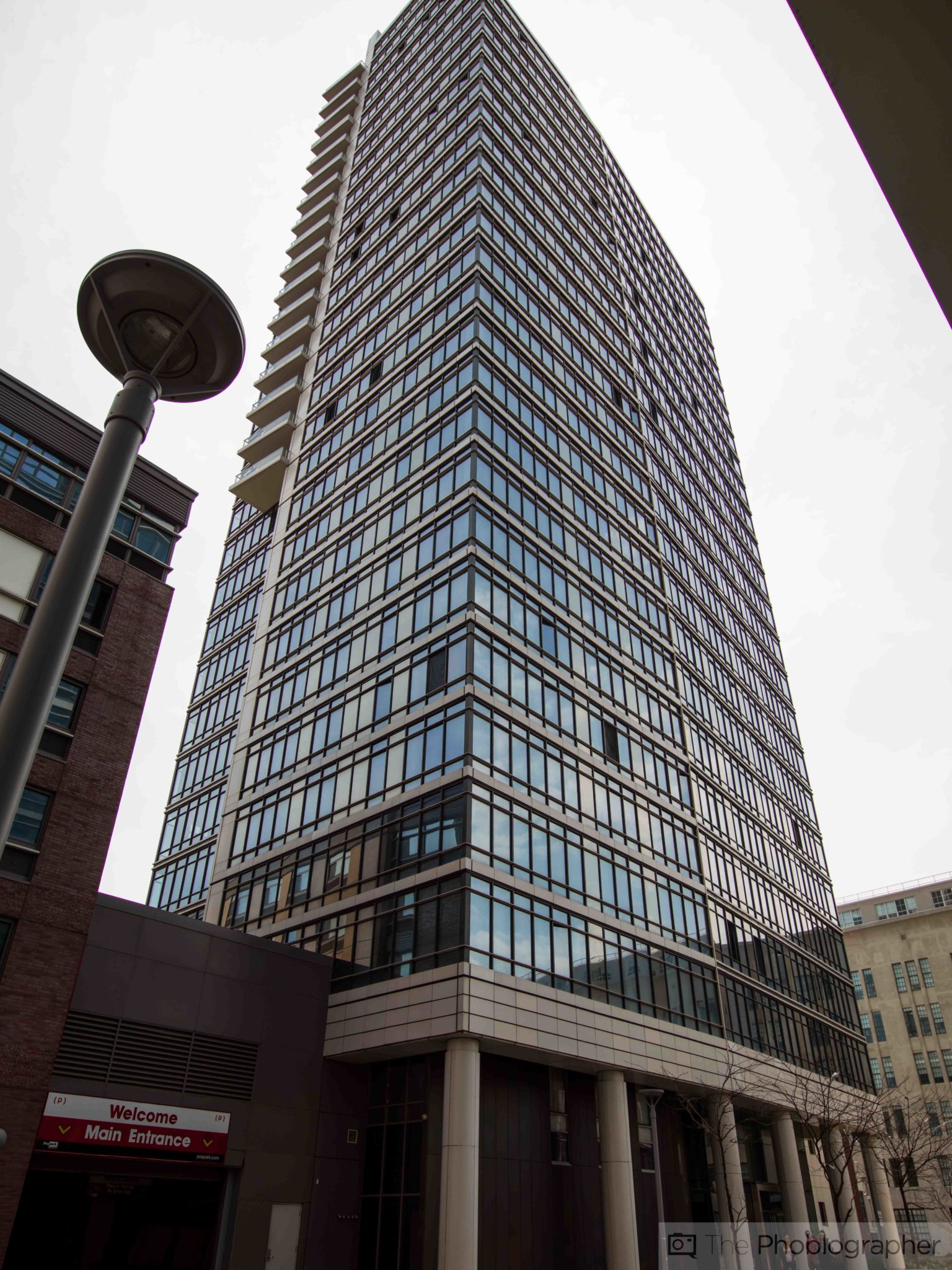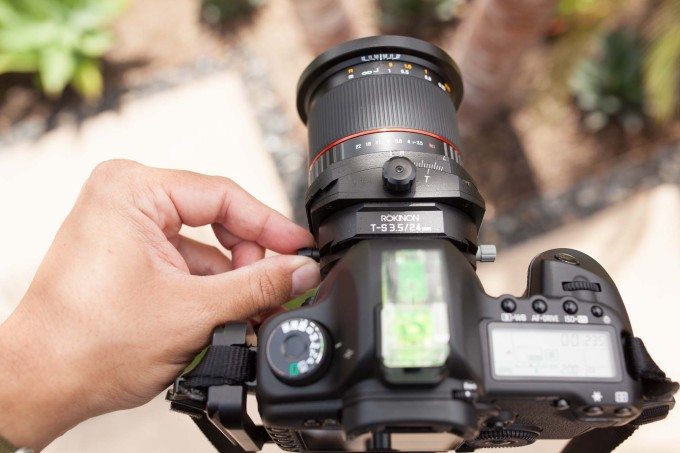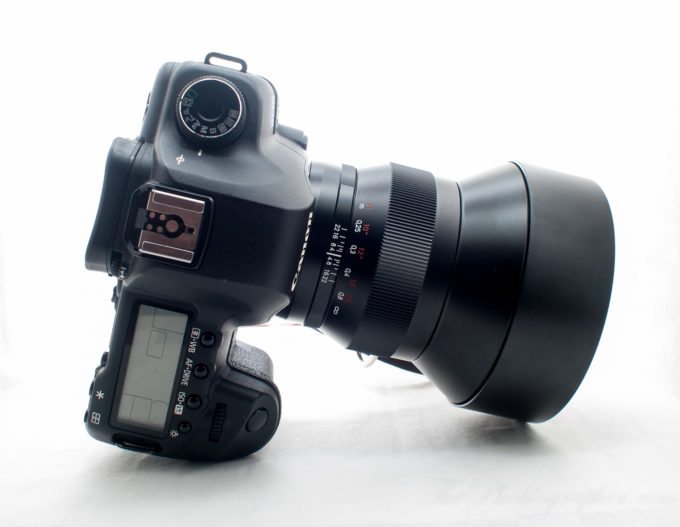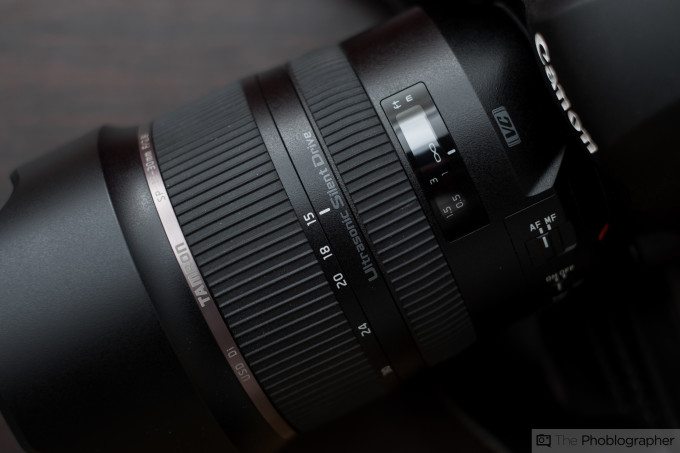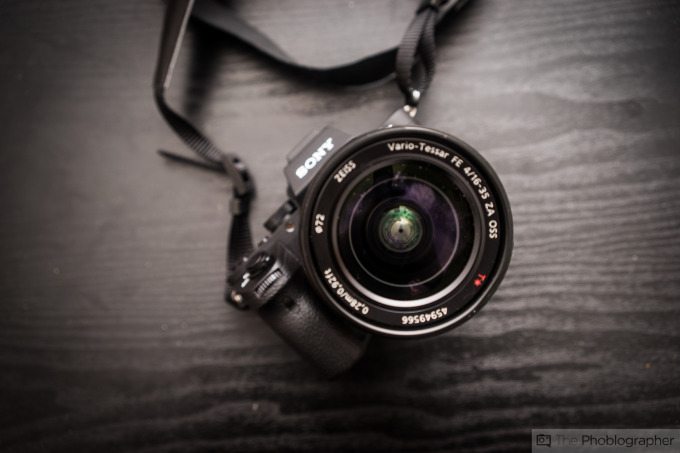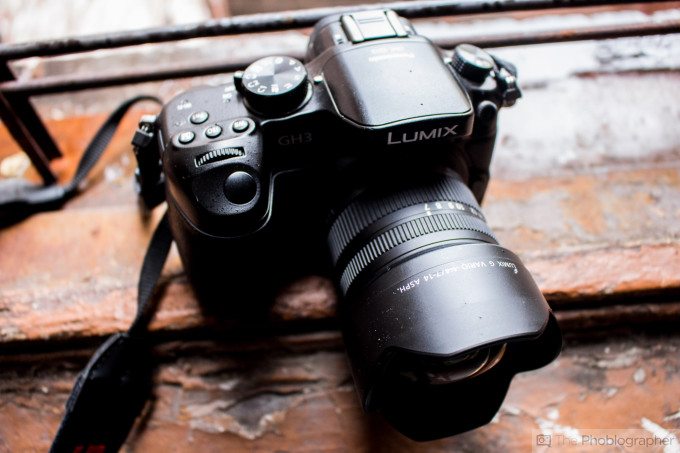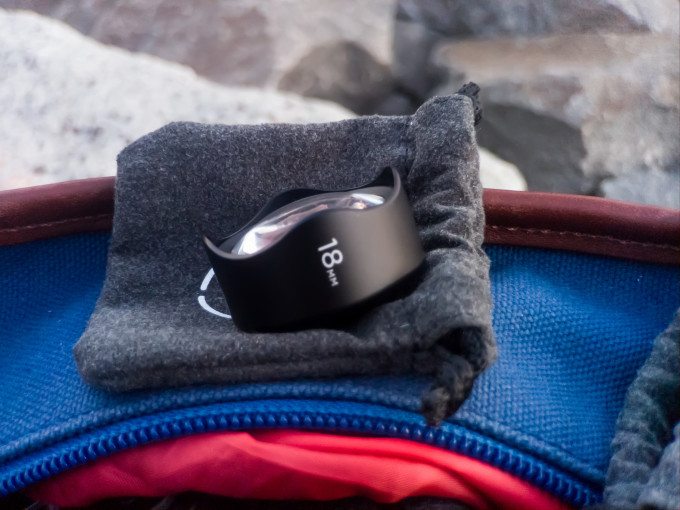When it comes to photographing architecture and real estate, wide angles are very important. Capturing the grandeur of a place and making it look inviting is important. Some of the best real estate photographers say that every light in the residence should be on if possible while others tend to add flash to other areas (like behind a couch) to create an even more inviting atmosphere.
While you don’t need the most expensive lights, your lenses are very important in these situations. We’ve scoured our reviews index to find some of the best lenses for architecture for you.
Rokinon 24mm f3.5 Tilt Shift ED AW UMC
We’re starting this list off with a tilt-shift lens because these lenses can not only shift focus but also correct for distortion in according ways. They take lots of work, but in the end you’ll be able to create photos that require much less post-production when it comes to distortion correction.
In our review, we state:
“As with almost all Rokinon lenses, the 24mm TS is a manual focus, manual aperture lens (they do make some Nikon-mount lenses with auto aperture abilities), and as such, you had better have fantastic eyesight, or use live-view on your camera to focus this lens properly. That being said, Rokinon saw fit to include a nice BIG manual focus ring on pretty much all of their lenses which makes things so much easier than trying to fiddle with some of the tiny focusing rings that are only suitable for being used by one’s fingernails. The focusing “feel” of the lens is well damped and far better than what you would find on today’s AF lenses, but not quite as smooth as my personal favorites, the Zeiss ZE/ZF series. The reason I suggest using Live-View on your DSLR boils down to the fact that once you start to apply adjustments like a major tilt or shift, or even both, the view through your viewfinder is going to become increasingly difficult to focus reliably.”
Zeiss 15mm f2.8
One of Zeiss’s sharpest and most contrasty lenses is also one of the best for shooting architecture. It’s quite pricey though and only available for DSLR cameras. However, you’ll be very happy with the results that it’s capable of delivering.
In our review, we state:
“You also most likely won’t be shooting photos of people all the time with this lens. However, if you’re an architecture fiend, this may be the one that you’ll always want in your camera bag. The distortion control is insanely good but when photographing a subject wide open, you’ll experience vignetting (but that’s easily corrected in software.) It’s often best to photograph a subject stopped down due to just how insanely sharp this lens becomes. However, like the 25mm f2, you’ll get the best colors when shooting wide open.
For interiors though, this is an excellent lens. Real estate photographers, party photographers, and wedding photographers will make great use out of it. It is once again a specialized lens, but it will help you to create some awesome images.”
Tamron 15-30mm f2.8 Di VC USD
As the latest offering in the bunch, the Tamron 15-30mm f2.8 Di VC USD includes vibration compensation for photographers who drink way too much coffee before they go to shoot. It always boasts incredible colors and top-notch sharpness.
Be sure to check out our review.
Fujifilm 10-24mm f4
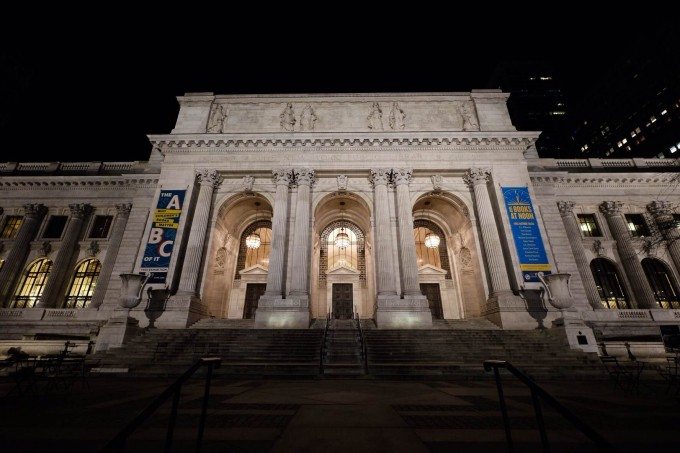
If you’re looking for a very wide-angle offering from Fujifilm, this what you’ll want. At f4 wide open, more than enough of the scene will be in focus due to the sensor’s crop factor.
In our review, we state:
“As a solidified Fujifilm shooter with the recent acquisition of an X-Pro1, the 10-24mm f4 was a good lens to work with in that it forced me to get close. If given the choice, I’d have the 35mm f1.4 on all the time because of the stunning image quality and the 50mm field of view. The 10-24mm has pushed me to reconsider composition because a lot more can fit in the frame. It is, however, a heavy lens that will take up a decent amount of space in your bag, and it’ll weigh down on your neck.”
Sony 16-35mm f4 OSS
As one of our favorites on this list, this lens is designed for full frame cameras and includes image stabilization too. The distortion is well controlled and we’d even use it for portraits on the longer end.
In our review, we state:
“When working in combination with the Sony sensors, we were very impressed by how this lens rendered colors. Not only is it very accurate, but it also simply looks great.
The colors indeed don’t look anything like what Zeiss offers–nor does it look like anything that Canon or Nikon have. But instead, Sony has their own colors that still look great and in fact may satisfy the largest consumer market base due to just how life-like they are.”
Panasonic 7-14mm f4
Don’t even bother stopping this one down. The Four Thirds sensor will render more than enough of the scene in focus when this lens is shot wide open.
In our review, we state:
“We found sharpness to not be an issue throughout the entire frame. And with that said, we also found almost no reason to ever stop down. Changing the aperture to f5.6 improves this lens’ sharpness but a smidgen that isn’t even worth mentioning. In fact, the only reason why we ever stopped down was because of flash usage.”
Moment Wide Angle Lens for Phones
The reason why we’re putting the Moment wide-angle lens here is not only for its excellent quality, but also for the fact that so many Real Estate agents who dabble in photography also end up shooting their own properties. These lenses are designed for use with your premium smartphone like an iPhone, the flagship Samsung devices and the top of Google’s own selected smartphones. The wide-angle will do a significantly better job than your phone can by itself, but what you’ll also want to consider is the fact that your phone won’t perform so well in low light–which will defeat the point of the lens. Some Android phones shoot RAW photos though, so be sure to do the according editing in Adobe Lightroom.
In our review, we state:
“The sharpness of these lenses is fully realized in the JPEG setting where you’ll get some incredibly sharp images with very sharp optics. When shooting in RAW, you’ll begin to see how the image quality can fall apart. Luckily, Adobe Lightroom Mobile is incredibly powerful as is Adobe Lightroom. In RAW, you’ll be able to nerf all image noise and preserve a ton of details in the images without anyone knowing.
It’s seriously magical. And for what it’s worth, the wide lens is much sharper.”


